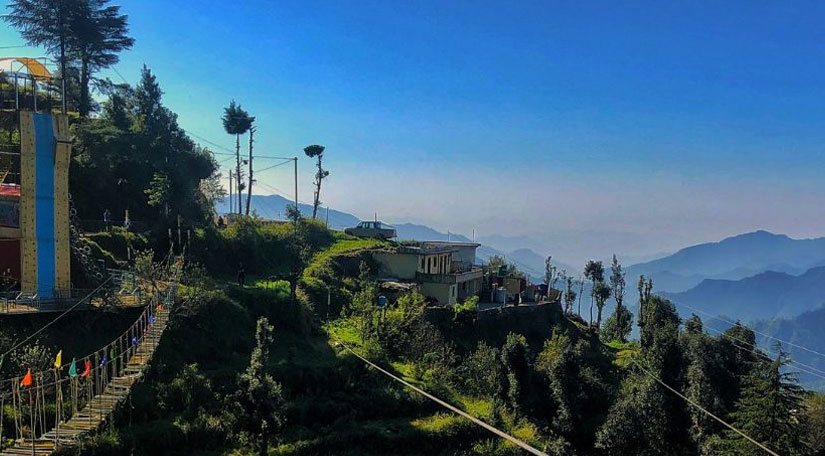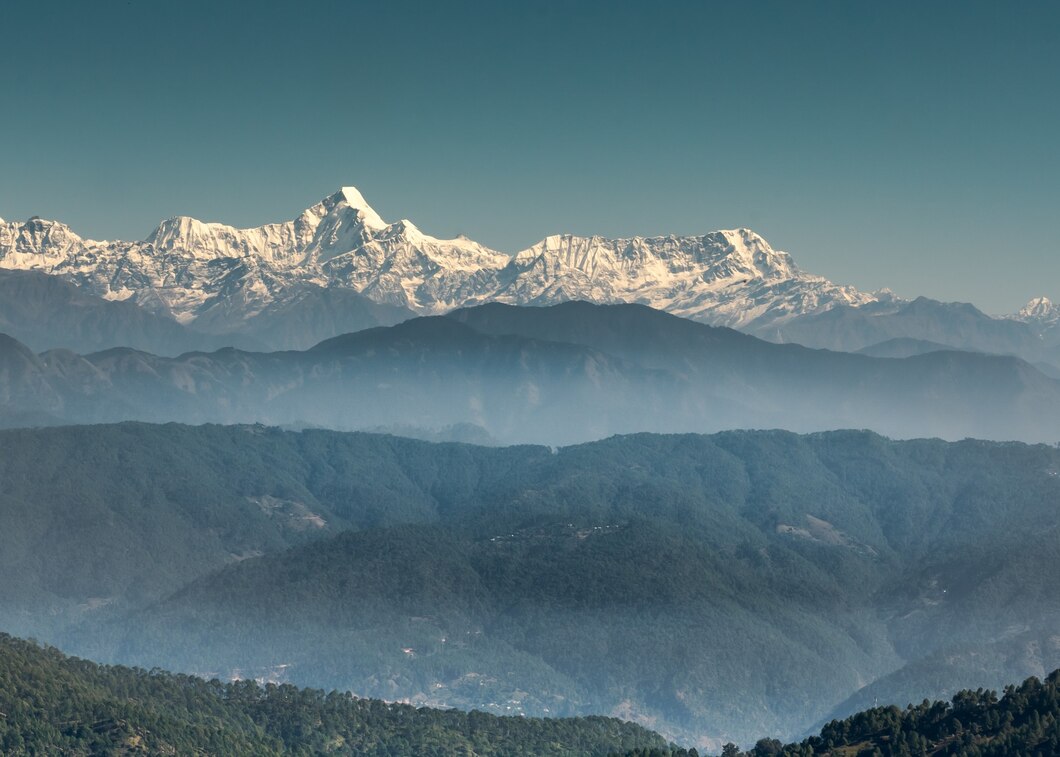Kanchenjunga National Park: A Paradise for Nature Lovers

Nestled in the Himalayan region of Sikkim, Kanchenjunga National Park is a UNESCO World Heritage Site renowned for its breathtaking landscapes, diverse wildlife, and serene atmosphere. A haven for trekkers, wildlife enthusiasts, and nature lovers, the park offers an unforgettable experience amidst pristine glaciers, dense forests, and towering peaks.
In this guide, we will explore the history of Kanchenjunga, its top tourist attractions, the best time to visit, things to do, and essential travel tips for an incredible journey.
History of Kanchenjunga
Origin and Significance
The history of Kanchenjunga is deeply intertwined with the culture and traditions of Sikkim and Nepal. Kanchenjunga, the third-highest mountain in the world, has been considered sacred by the local communities for centuries. The park itself was established in 1977 to protect the region’s rich biodiversity and stunning landscapes.
UNESCO World Heritage Site
In 2016, Kanchenjunga National Park was designated as a UNESCO World Heritage Site, recognizing its exceptional natural beauty and ecological significance. The park serves as a crucial habitat for endangered species such as the snow leopard, red panda, and Himalayan black bear.
Tourist Attractions in Kanchenjunga 2025
If you plan to explore tourist attractions in Kanchenjunga 2025, here are some must-visit places:
1. Kanchenjunga Base Camp
-
One of the most popular trekking routes, offering mesmerizing views of the Kanchenjunga range.
-
A challenging but rewarding journey for adventure seekers.
2. Goechala Pass
-
Famous for its panoramic sunrise views over Kanchenjunga.
-
Ideal for trekkers looking for a thrilling experience.
3. Zemu Glacier
-
One of the largest glaciers in the Himalayas.
-
A stunning natural wonder, perfect for photographers and nature enthusiasts.
4. Yuksom Village
-
A historic village, known as the starting point for many Kanchenjunga treks.
-
Home to Dubdi Monastery, the oldest monastery in Sikkim.
5. Tashi Viewpoint
-
A breathtaking viewpoint offering crystal-clear sights of Kanchenjunga, especially at sunrise.
-
A must-visit for photographers.
6. Tholung Monastery
-
A sacred Buddhist monastery surrounded by lush greenery.
-
A great place to explore Sikkimese culture and spirituality.
Best Time to Visit Kanchenjunga
To make the most of your trip, knowing the best time to visit Kanchenjunga is essential. Here’s a seasonal guide:
Spring (March to May)
-
Best season for trekking and sightseeing.
-
Blooming rhododendrons and lush greenery make it a paradise for nature lovers.
Monsoon (June to September)
-
Heavy rainfall makes trekking difficult.
-
However, it is the best time for birdwatching enthusiasts.
Autumn (October to November)
-
Ideal for trekking with clear skies and cool weather.
-
Offers the best views of Kanchenjunga’s snow-capped peaks.
Winter (December to February)
-
Extremely cold, but great for snow lovers.
-
Trekking is challenging but rewarding for experienced adventurers.
Things to Do in Kanchenjunga
1. Trekking Expeditions
-
Popular routes include Goechala Trek, Kanchenjunga Base Camp Trek, and Yuksom-Dzongri Trek.
-
Ideal for those seeking adventure and breathtaking views.
2. Wildlife Exploration
-
Spot rare species like the snow leopard, Himalayan blue sheep, and red panda.
-
Visit designated wildlife zones within the park.
3. Photography and Sightseeing
-
Capture stunning landscapes, pristine lakes, and picturesque monasteries.
-
Sunrise photography from Goechala Pass and Tashi Viewpoint.
4. Camping in the Wilderness
-
Set up camp near serene rivers and valleys.
-
Enjoy a night under the stars surrounded by nature’s tranquility.
5. Cultural Exploration
-
Visit monasteries and interact with local communities.
-
Experience traditional Sikkimese cuisine and customs.
Travel Tips for Kanchenjunga
Before embarking on your journey, consider these essential travel tips for Kanchenjunga:
Packing Essentials
-
Carry warm clothing, sturdy trekking shoes, and rain gear.
-
Pack a first-aid kit and essential medications.
Permits and Regulations
-
A special permit is required to enter Kanchenjunga National Park.
-
Foreign travelers must obtain Inner Line Permits (ILP) and Protected Area Permits (PAP).
Health and Safety
-
Acclimate to high altitudes before trekking to prevent altitude sickness.
-
Stay hydrated and carry energy-boosting snacks.
Local Etiquette
-
Respect local traditions and avoid disturbing wildlife.
-
Carry reusable items to minimize environmental impact.
Best Transport Options
-
The nearest airport is Bagdogra Airport, around 120 km from Yuksom.
-
Shared taxis and private cabs are available from Gangtok and Siliguri.
FAQs About Kanchenjunga National Park
A1. Visitors need special permits, including Inner Line Permits (ILP) for Indian citizens and Protected Area Permits (PAP) for foreigners.
A2. The best seasons for trekking are spring (March to May) and autumn (October to November) when the weather is pleasant and visibility is clear.
Conclusion
With its stunning landscapes, thrilling trekking routes, and rich biodiversity, Kanchenjunga National Park is a paradise for nature lovers. Whether you’re an adventure enthusiast or a wildlife photographer, the park offers an unparalleled experience.
Plan your trip with Adotrip for a hassle-free and well-organized journey to Kanchenjunga. Explore the unexplored and create memories that last a lifetime!


